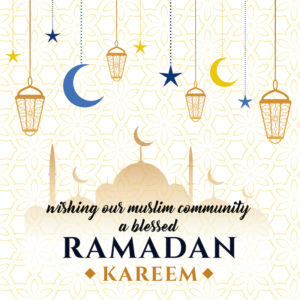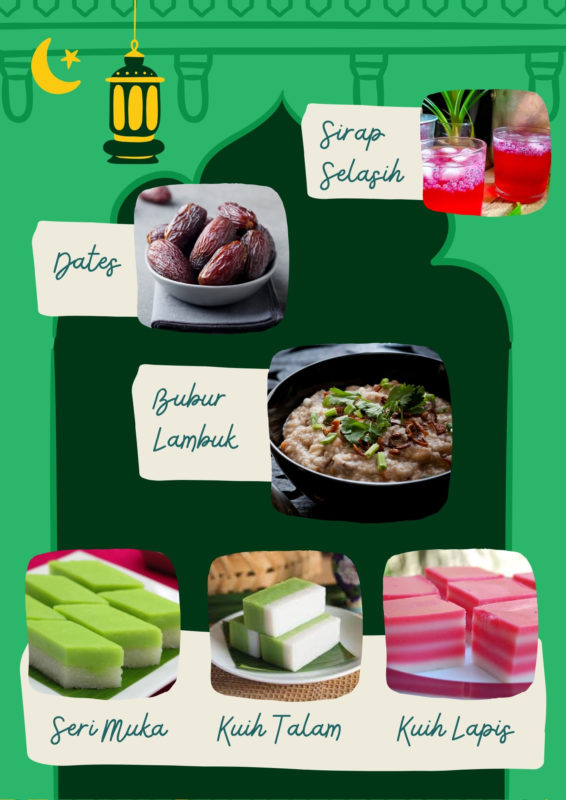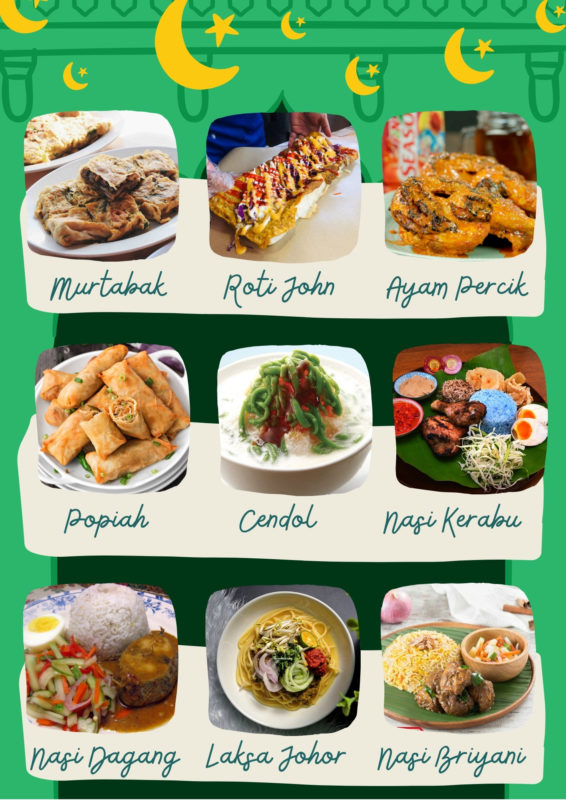 With the first day of Ramadan scheduled to start on April 13, it is a significant time in the Islamic calendar for Muslims around the world. During the holy month of Ramadan, Muslims abstain from eating or drinking between dawn and sunset – this is known as fasting.
With the first day of Ramadan scheduled to start on April 13, it is a significant time in the Islamic calendar for Muslims around the world. During the holy month of Ramadan, Muslims abstain from eating or drinking between dawn and sunset – this is known as fasting.
Fasting is an important practice during Ramadan as it allows Muslims to devote themselves to their faith and come closer to Allah or God. Fasting is one of the Five Pillars of Islam, which forms how Muslims live their lives. The other pillars are faith, prayer, charity, and making the pilgrimage to the holy city of Mecca in Saudi Arabia.
Ramadan is also a time for spiritual reflection, prayer, doing good deeds and spending time with family and friends. Usually, Muslims will make a special effort to connect with their communities and reach out to people who need help or assistance.
During the month of Ramadan, it is common to have a meal known as sahur just before dawn and another known as iftar or berbuka puasa directly after sunset. When the sun goes down at the end of the fast, families and friends will usually break their fast together. Later in the evening, they will perform a Tarawih, a special prayer specially conducted during the holy month at home or in a mosque.
In preparation for the holy month, we’ve put together a quick list of DO’s and DON’Ts to follow during Ramadan.
They are:
-
DO wish your Muslim friends and colleagues a happy Ramadan. You may even want to greet them in Arabic by saying “Ramadan Kareem” or, in Bahasa Malaysia, “Selamat Berpuasa.”
-
DO try fasting for a day. This will help you better understand what your Muslim friends and colleagues are experiencing for the entire month.
-
If you DO receive an invitation from a friend or colleague to berbuka puasa or iftar (the breaking of fast) remember that it is an honor to be invited and it’s a great way to experience the culture. DON’T hesitate to bring gifts, such as dates or food to share with your host.
-
Your colleagues and friends who are fasting may be a little more tired than usual, so DO be patient and considerate.
-
DON’T post pictures of your food online. Be mindful of your fasting followers and save the #cookingsnaps for after iftar time.
-
DO sample Ramadan favorites such as nasi tomato (tomato rice), ayam percik (grilled chicken), bubur lambuk (rice porridge), and murtabak (stuffed pancakes).
-
DO avoid the roads during peak periods as they can be especially chaotic from 4:30 pm – 6:30 pm, before iftar. If you aren’t able to avoid being out on the roads, do proceed with caution.
We hope that you enjoyed learning about the common practices observed during the Ramadan festival. For our Muslim families and colleagues, we wish you all a Selamat Berpuasa!
Breaking Fast During Ramadan
Last week we explored the practices observed during Ramadan, but what about the ritual of breaking fast or berbuka puasa ?
For some, it is common practice for Muslims to break fast at home or berbuka puasa together with family, where they break their fast with a light refreshment then gather for the Maghrib prayer, which takes place after sunset, after which they will reconvene for the main meal.
Here are some of the most popular food items traditionally eaten in Malaysia during the month of Ramadan:
Kurma (Dates)
Traditionally, highly nutritious and easily digested, dates are usually the first food staples to be consumed to break the day’s fast, in remembrance of how Prophet Muhammad broke his fast by eating dates.
Sirap Selasih
A favorite for Malaysians, this sweet, refreshing drink made from rose syrup and holy basil seeds is usually served during hot days as it is a belief that the seeds possess ingredients that cool down the heat of the body.
Bubur Lambuk
‘Bubur lambuk’ is a creamy rice porridge made with meat, coconut milk, flavored spices, and condiments. The traditional recipe and method of preparation for this delicious meal have been handed down from generations. They are often handed out for free at most mosques and suraus (public prayer rooms) during Ramadan.
Kuih Muih
These are a wide assortment of traditional cookies and cakes, available in various tastes, textures, and colors that are loved by all and eaten in almost every household. Some of the most popular kuih are seri muka (coconut and rice cake), kuih talam (pandan and coconut cake), and kuih lapis (layered cake).
Other Dishes
Other savory dishes served are food items such as murtabak (spicy omelet), roti john (omelet sandwich), ayam percik (spiced roast chicken), popiah (spring roll), and the delicious iced pudding cendol.
During the month of Ramadan regional cuisines from different states in Malaysia can easily be found such as Nasi Kerabu from Kelantan, Nasi Dagang from Terengganu, Laksa Johor and Nasi Briyani from Kedah.
We hope you enjoyed learning about some of the mouth-watering delights served during this holy month in Malaysia. Selamat menjamu selera or enjoy your meal!




